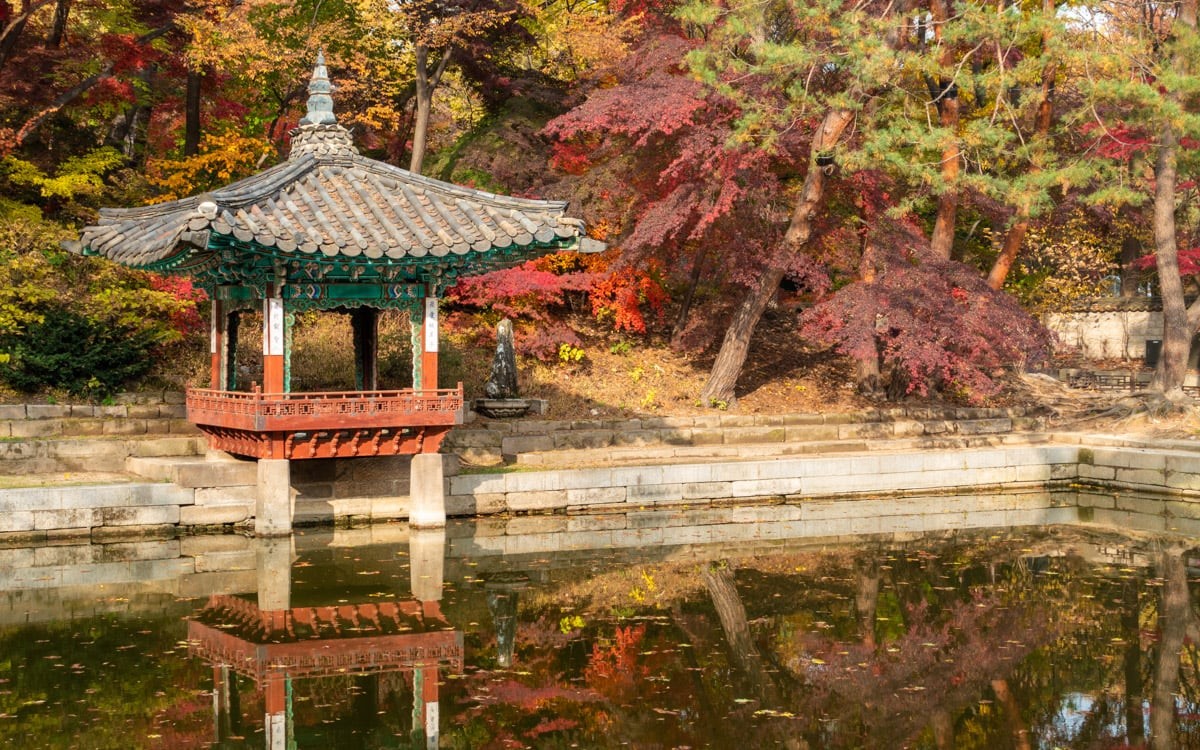Luxembourg: Fascinated with its history and places to visit.

Luxembourg: History and Places to Visit
Luxembourg, a small yet captivating country nestled in the heart of Europe, is known for its picturesque landscapes, rich history, and vibrant culture. Despite its compact size, Luxembourg boasts a wealth of historical sites and natural beauty, making it a unique destination for travelers. With its blend of old-world charm and modern sophistication, Luxembourg offers an enchanting experience for visitors.
The History of Luxembourg
Luxembourg's history dates back to the 10th century, when it was founded as a small fortress by Count Siegfried of the Ardennes. The original structure, known as the "Luxembourg Castle," was built on a rocky promontory overlooking the Alzette River. The strategic location and fortifications made Luxembourg a significant player in European politics over the centuries.
During the medieval period, Luxembourg grew in prominence, becoming a center of trade and political power. The country played a crucial role in the region's history, with several European royal families having ties to the Grand Duchy of Luxembourg. In 1815, Luxembourg was established as a Grand Duchy at the Congress of Vienna, and it has remained a sovereign state ever since.
Throughout the 19th and 20th centuries, Luxembourg underwent periods of political and economic change, including occupation during World War II. The country emerged from the war as a founding member of key international organizations, including the European Union, reflecting its role as a key player in European integration.
Places to Visit in Luxembourg
1. Luxembourg City
Luxembourg City, the capital of the Grand Duchy, is renowned for its stunning medieval architecture and vibrant cultural scene. The city is built on a series of cliffs and valleys, offering spectacular views and a charming, picturesque setting. Visitors can explore the old town, which is a UNESCO World Heritage site, and discover the city’s rich history and cultural heritage.
2. Bock Casemates
The Bock Casemates are an extensive network of underground tunnels and fortifications that were originally part of the city's defenses. Built into the cliffs overlooking the Alzette River, these casemates provided a stronghold for Luxembourg during various periods of conflict. Today, visitors can explore these historical tunnels and enjoy panoramic views of the city from the Bock Promontory.
3. Grand Ducal Palace
The Grand Ducal Palace is the official residence of the Grand Duke of Luxembourg and an impressive example of Renaissance architecture. Located in the heart of Luxembourg City, the palace features ornate facades and beautifully decorated interiors. Guided tours are available during the summer months, offering a glimpse into the official residence of Luxembourg’s royal family.
4. Notre-Dame Cathedral
The Notre-Dame Cathedral, also known as Luxembourg City Cathedral, is a stunning example of Gothic architecture with elements of Renaissance style. Completed in the 17th century, the cathedral features intricate stained glass windows, a beautiful altar, and a serene atmosphere. It is a place of worship and a significant landmark in the city.
5. American Cemetery Memorial
The American Cemetery Memorial in Luxembourg City is a poignant tribute to the American soldiers who lost their lives during World War II. The cemetery is the final resting place for over 5,000 soldiers, including General George S. Patton. The site includes a chapel, a memorial wall, and beautifully landscaped grounds.
6. MUDAM (Musee d'Art Moderne Grand-Duc Jean)
MUDAM is Luxembourg’s Museum of Modern Art, dedicated to contemporary art and culture. Designed by renowned architect Ieoh Ming Pei, the museum features an impressive collection of modern and contemporary artworks, including paintings, sculptures, and installations. MUDAM also hosts temporary exhibitions and cultural events.
7. Vianden Castle
Vianden Castle is a beautifully preserved medieval castle located in the picturesque town of Vianden. Dating back to the 11th century, the castle offers visitors a glimpse into the medieval past of Luxembourg. The castle’s impressive architecture, panoramic views, and historical exhibits make it a popular destination for history enthusiasts.
8. Echternach
Echternach is the oldest town in Luxembourg, known for its charming streets, historic buildings, and the Benedictine Abbey of Echternach. The town is famous for its annual Echternach Dancing Procession, a UNESCO-listed event that celebrates the town’s religious and cultural heritage. Visitors can explore the town’s medieval architecture and picturesque surroundings.
9. Larochette
Larochette is a quaint town in Luxembourg known for its medieval castle ruins and scenic beauty. The Larochette Castle, perched on a hill overlooking the town, offers panoramic views of the surrounding countryside. The town’s charming streets, historic buildings, and natural beauty make it a delightful place to explore.
10. Clervaux Castle
Clervaux Castle is a historic fortress located in the town of Clervaux. The castle houses the Family of Man exhibition, a renowned collection of photographs curated by Edward Steichen, which explores the universal aspects of human experience. The castle also features beautiful gardens and offers scenic views of the surrounding area.
Conclusion
Luxembourg is a country that may be small in size but is rich in history, culture, and natural beauty. From the medieval charm of Luxembourg City and the historic Bock Casemates to the architectural splendor of Vianden Castle and the modern art of MUDAM, Luxembourg offers a diverse range of experiences for visitors. Its blend of historical landmarks, cultural attractions, and picturesque landscapes make it a unique and captivating destination in the heart of Europe.





